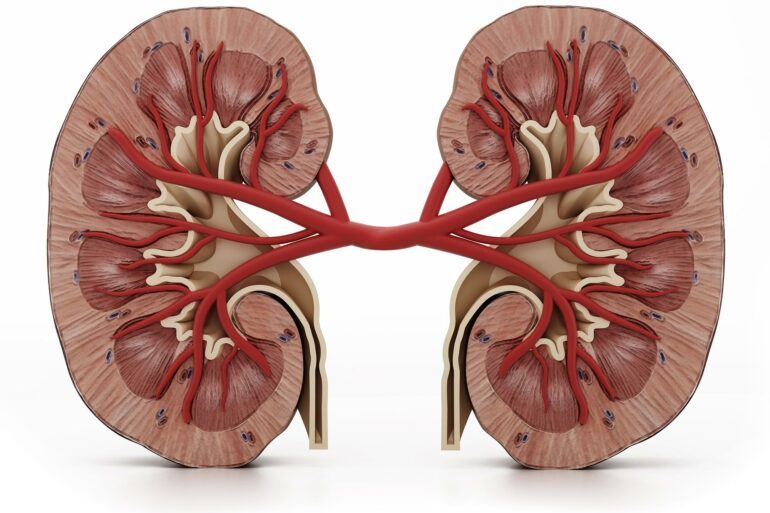If you look at a net full of pacus (Piaractus mesopotamicus), you cannot distinguish with the naked eye which individuals will have descendants with higher filet yield or faster weight gain.
Their growth can be monitored with a tape measure, and they can be weighed on a scale. The data can be tabulated and compared. But to breed an entire population with the right characteristics, some 2,000 fish per generation must be measured and weighed, and the task can take days.
In Brazil, researchers at São Paulo State University (UNESP) have solved this problem by developing software that uses artificial intelligence to make accurate measurements in real time. The results are published in the journal Aquaculture.
The research group has been working for some time on genetic improvement of this native species to raise yields while lowering production costs.
“When you measure the fish manually, you get less data because you stress them and can transmit disease leading to outbreaks, not to mention the valuable time taken. We automated the process, training the machine with photos of pacus, and labeling head, body, pelvic girdle and fins. We now have a portable device that can be taken into the field to do this quickly and classify the best animals,” said Diogo Hashimoto, last author of the article and a professor at UNESP’s Aquaculture Center in Jaboticabal.
The researchers used deep learning, one of the most recent kinds of machine learning, which produces results much faster, among other advantages. Use of the innovation was led by Jose Remo Ferreira Brega, a professor in the Department of Computing at UNESP’s School of Sciences in Bauru and penultimate author of the article.
In the latest study, the researchers set out to distinguish round-bodied from oval-bodied pacus. The species has a round body in the wild, and this trait is thought to influence buying decisions by consumers. Fish farmers obtain it by selecting individuals with the ideal height-to-width ratio to obtain higher yields in loin and rib, the cuts preferred by consumers of native fish such as pacu and tambaqui.
Other measurements, such as pelvis size or head-to-body ratio, can be used as indicators of filet yield, growth rate and weight gain, for example.
Genetic improvement
Breeders use phenotype selection for genetic improvement throughout the Brazilian farm sector, which is the world leader in production of animal protein from chickens, beef cattle and pigs. In fish farming, however, this type of technology is available only for salmon and tilapia, both of which are exotic species and mass-produced worldwide, with most innovations coming from abroad.
Although Brazil’s tilapia production chain includes research and development, native species improvement is incipient. The software created by the researchers for pacu, however, proved more resilient than the phenotype selection technology available for other species, such as tilapia.
“Our program can recognize and measure the different parts of the pacu even at the side of the tank, with bottom visual pollution and variable light conditions. The systems developed for tilapia use controlled light and a standardized bottom,” Hashimoto said.
Systematization of pacu phenotypes in large databases will enable breeders to select animals with greater precision, realizing the potential for improvement made possible by another study conducted by the Jaboticabal group and published in 2021. In this article, they describe simple nucleotide polymorphisms (SNPs) for pacu and tambaqui (Colossoma macropomum). These genetic code mutations can be used in genomic mapping of the traits considered desirable, accelerating selection and improvement.
The conventional method used to measure filet or loin yield, for example, entails euthanizing the animal and weighing its parts. The individual is lost as a result, leaving only its siblings, which are genetically similar but do not necessarily have the required traits.
“The advantage of integrating our software with genomic data is that we can collect the necessary information and keep the animal of interest alive for use as a reproducer during the selection process,” Hashimoto said.
More information:
Milena V. Freitas et al, High-throughput phenotyping by deep learning to include body shape in the breeding program of pacu (Piaractus mesopotamicus), Aquaculture (2022). DOI: 10.1016/j.aquaculture.2022.738847
Citation:
Artificial intelligence helps Brazilian breeders select desired traits of native fish (2022, December 15)



